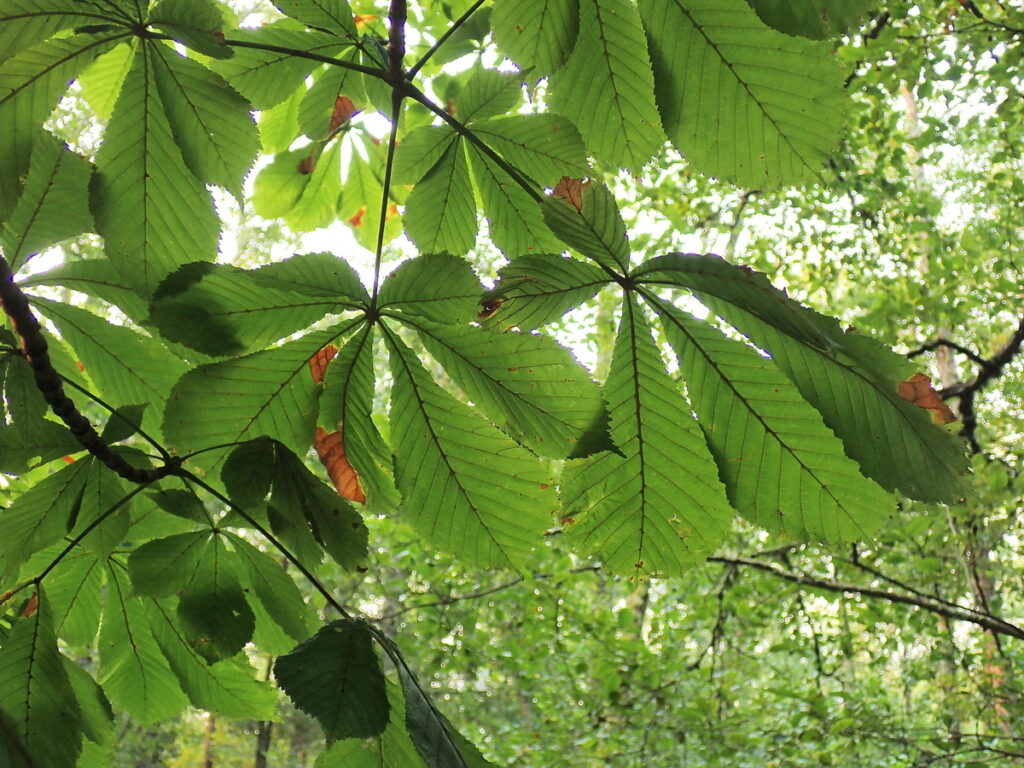The evergreen laurel and holly may be the most invasive trees in the Puget Lowlands, but we have invasive deciduous trees as well. The seven described in this post are all naturalized in the Pacific Northwest and at minimum take up space in our forests that would be better served with native trees. I advocate removing all of them from our backyard forests, ideally when they are still small enough to wiggle-and-pull by hand or pry-and-pop with a shovel.
European Mountain Ash (Sorbus aucuparia)
The European Mountain Ash is sufficiently invasive to make the Washington State Noxious Weed Control Board’s (NWCB’s) monitor list (here). It is easily spotted in late summer and fall by the drooping clusters of bitter red berries. Though they are not poisonous, Arthur Lee Jacobson quips, “If taste could kill, these fruits might do it.” (here, page 78)
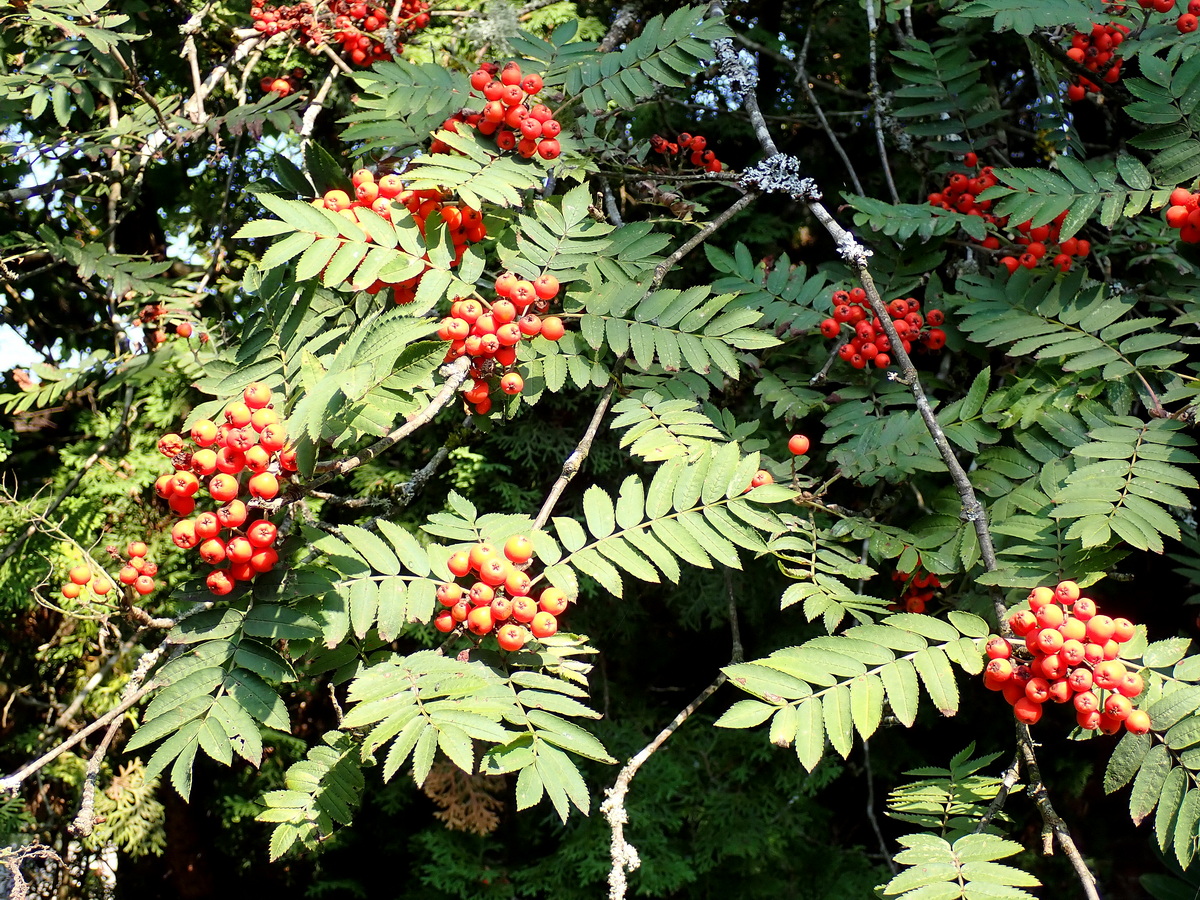
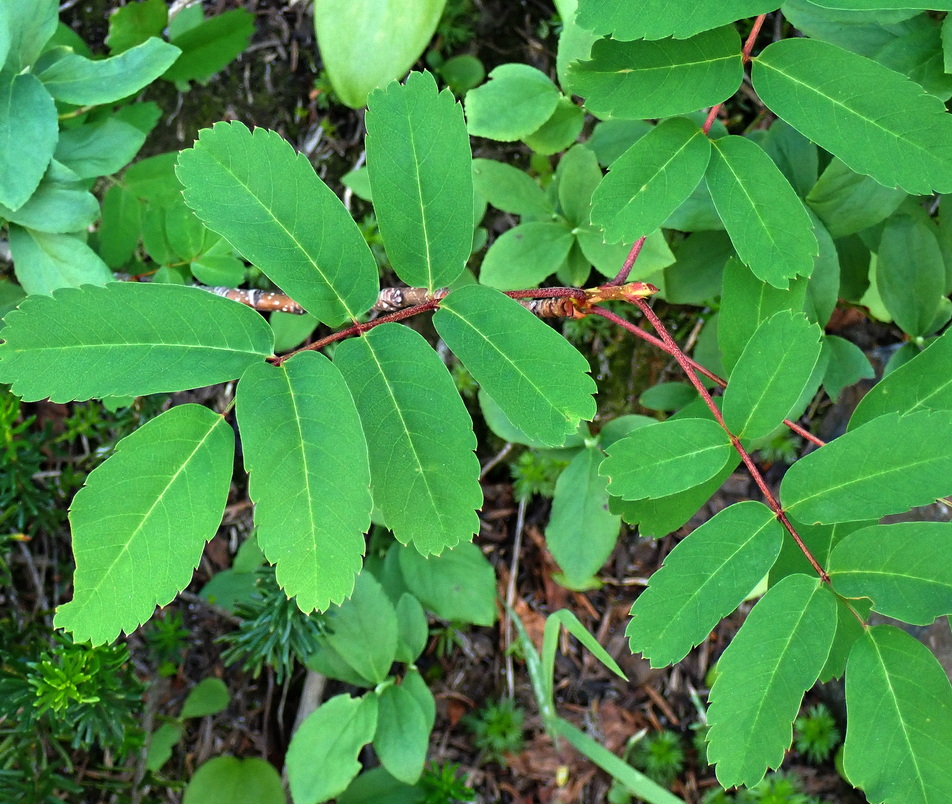
Common Hawthorn (Crataegus monogyna)
The Common Hawthorn is sufficiently invasive to make the NWCB’s Class C list (here) and warrant a “must control” designation in Snohomish County (here). Once it’s bigger than a sapling it becomes very hard to remove, being extremely tough, deeply rooted, and thorny.
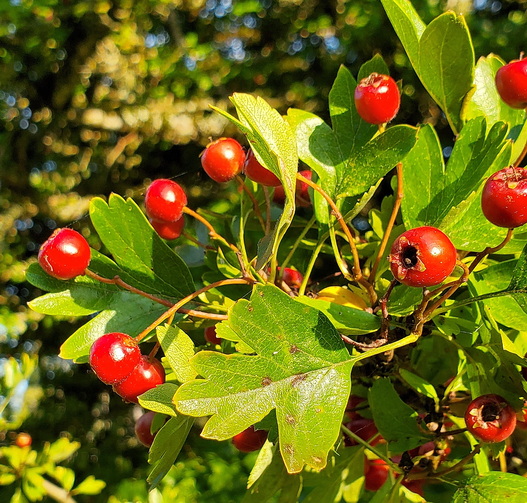
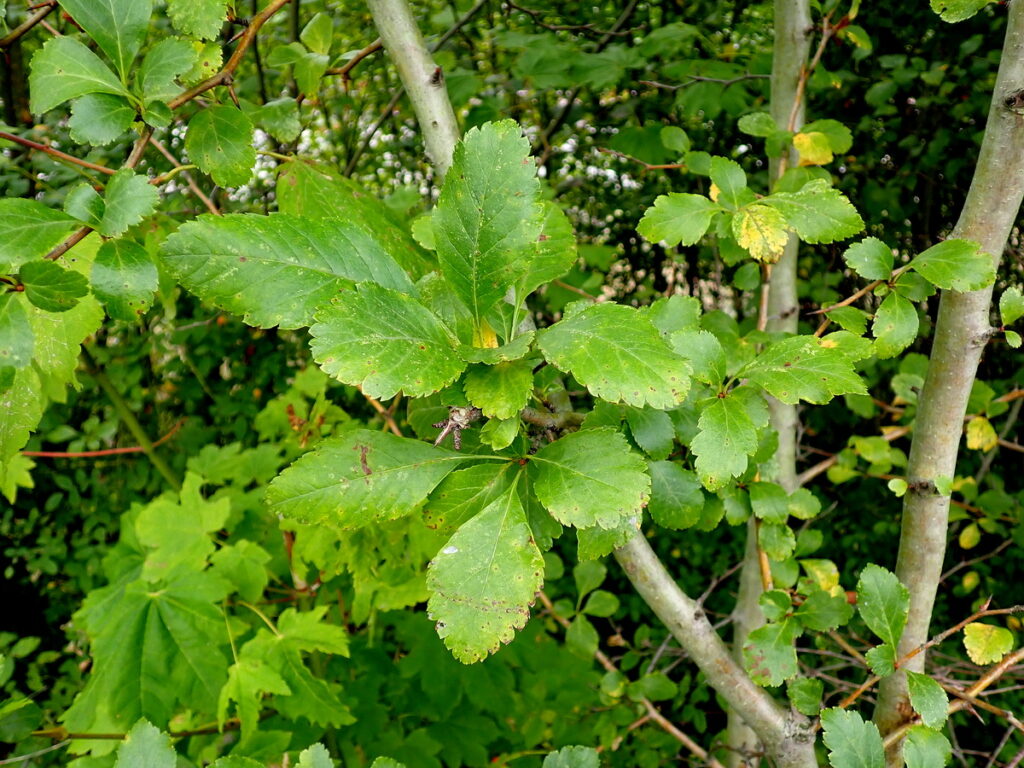
Norway Maple (Acer platanoides)
The Norway Maple is sufficiently invasive to make the NWCB’s monitor list (here). Like the Sycamore Maple (below) it’s gradually replacing the Bigleaf Maples in our forests because the seedlings of the invasive maples can grow in full shade whereas those of the native maple cannot.
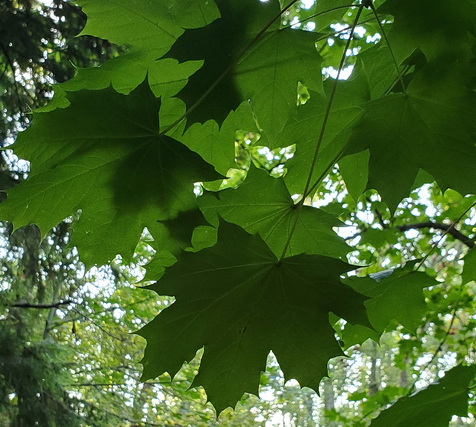
Sycamore Maple (Acer pseudoplatanus)
Though not on any NWCB list, the Sycamore Maple is rightly recognized as invasive in some areas.

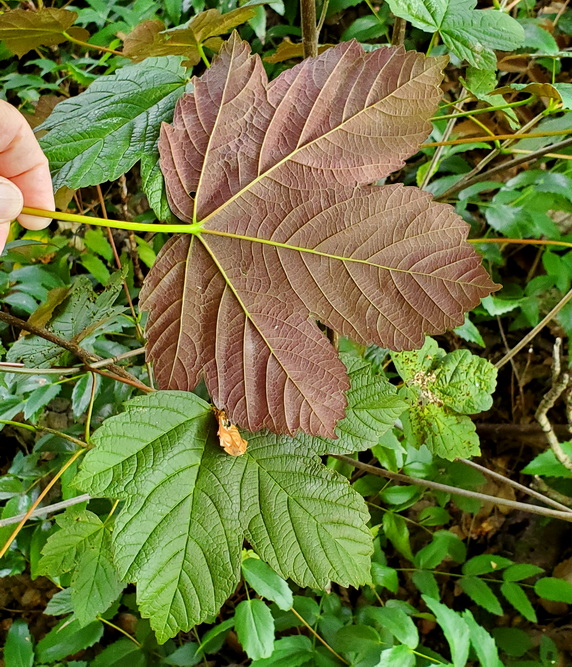
Black Locust (Robinia pseudoacacia)
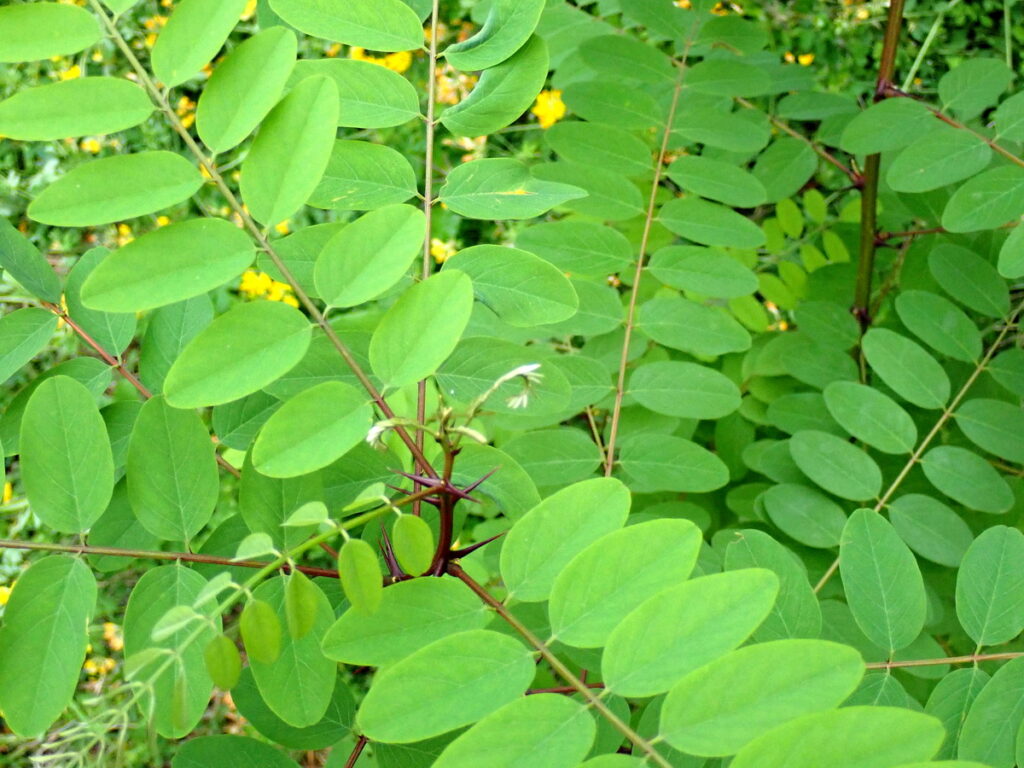
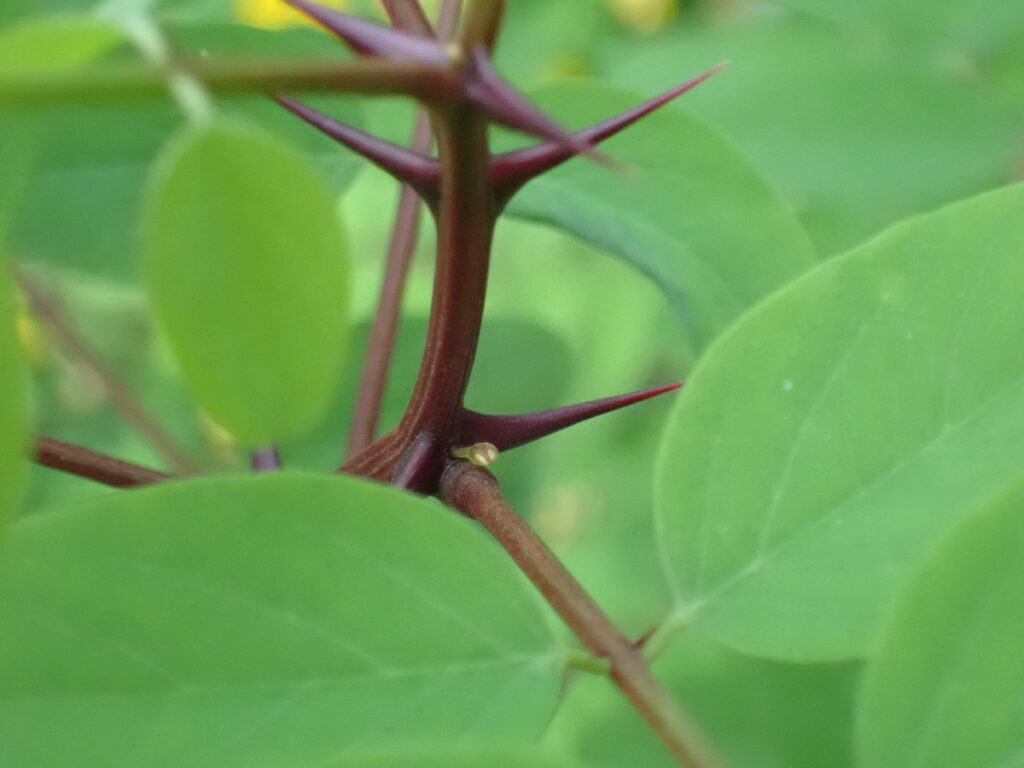
White Poplar (Populus alba)
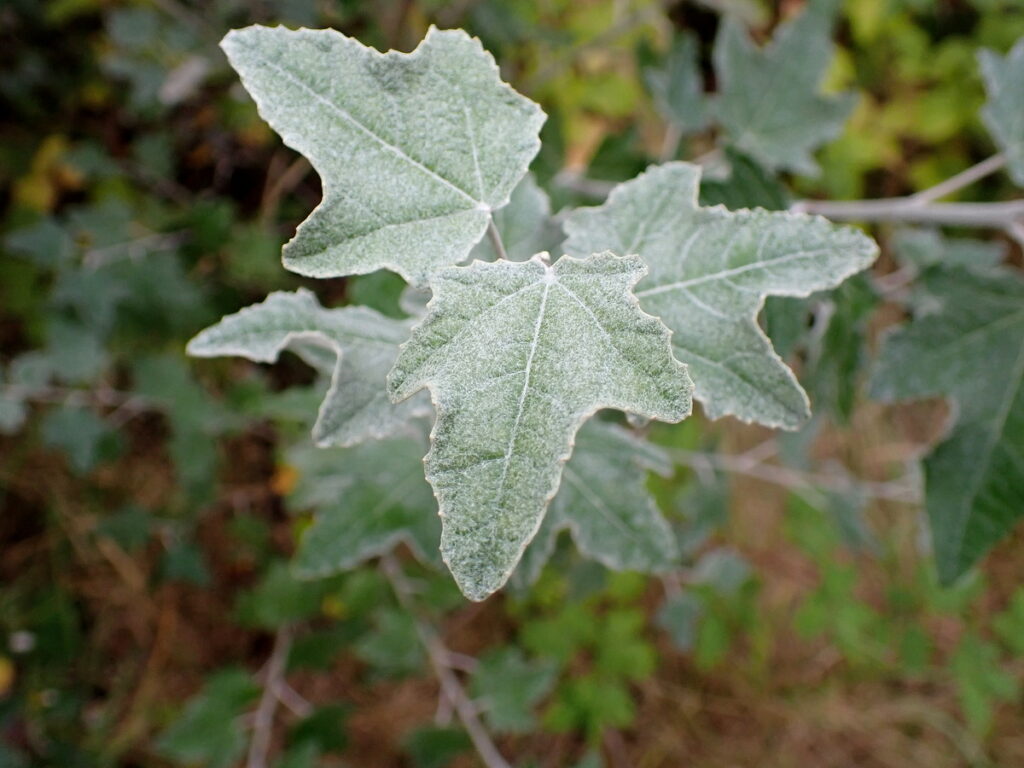
Horse Chestnut (Aesculus hippocastanum)

